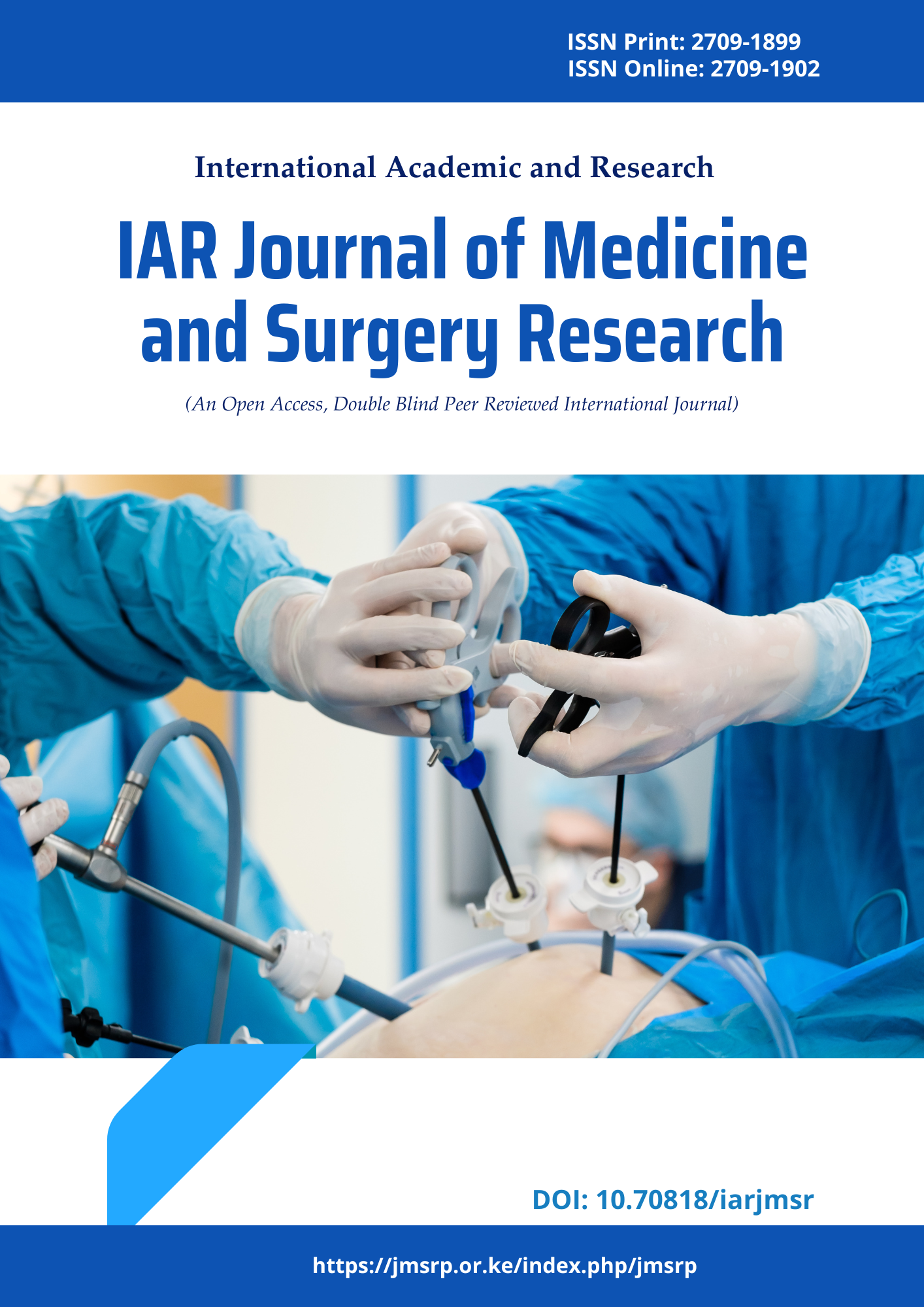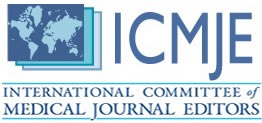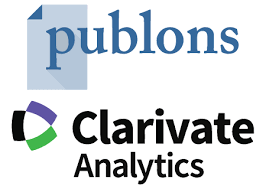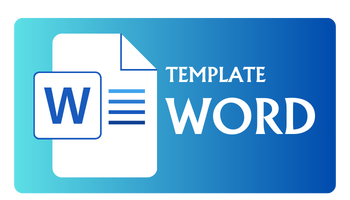
Interested in submitting to this journal? We recommend that you review the About the Journal page for the journal's section policies, as well as the Author Guidelines. Authors need to register with the journal prior to submitting or, if already registered, can simply log in and begin the five-step process.
COVER
Menu
TOOLS
 |
 |
SUPPORT
ISSUE JOURNAL
ISSN BARCODE
STATISTIC
Information
Make a Submission
ISSN Print: 2709-1899
ISSN Online: 2709-1902
This work is licensed under CC BY 4.0
An Open Access, Double Blind Peer Reviewed International Journal.
Copyright © 2020 Journal of Medicine and Surgery Research Publisher (JMSRP). All Rights Reserved












